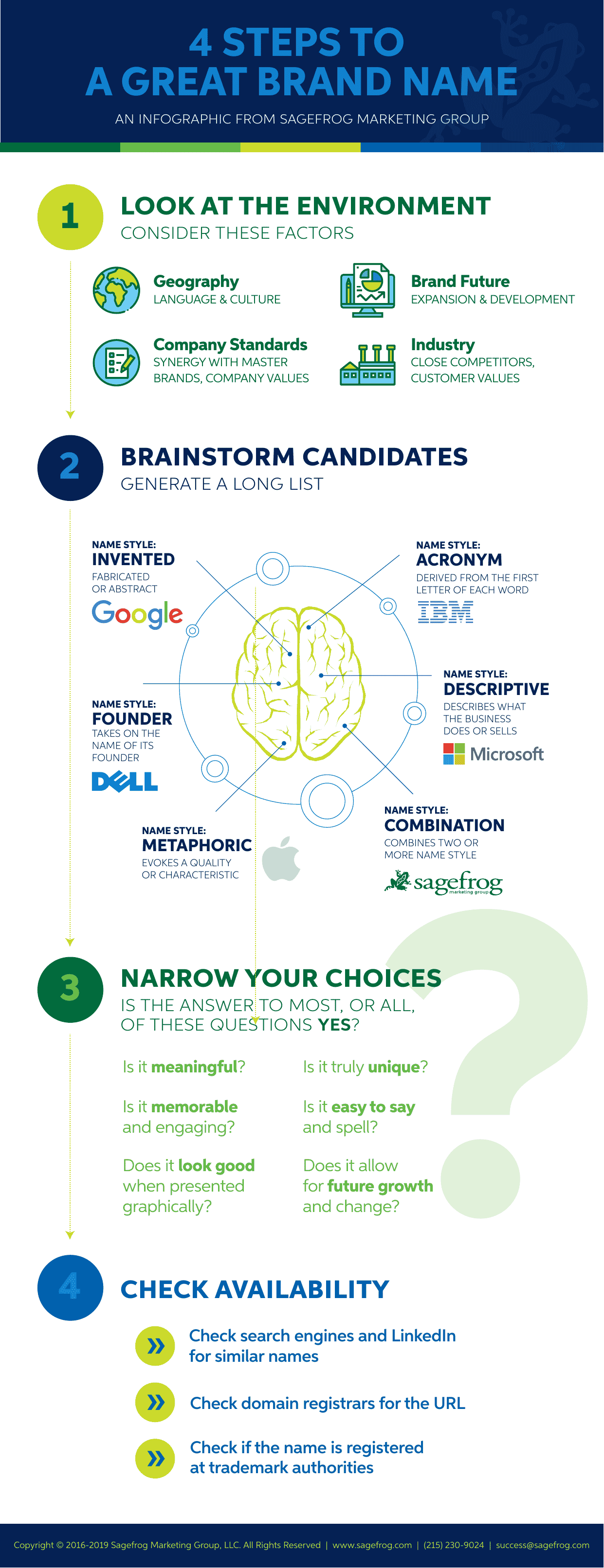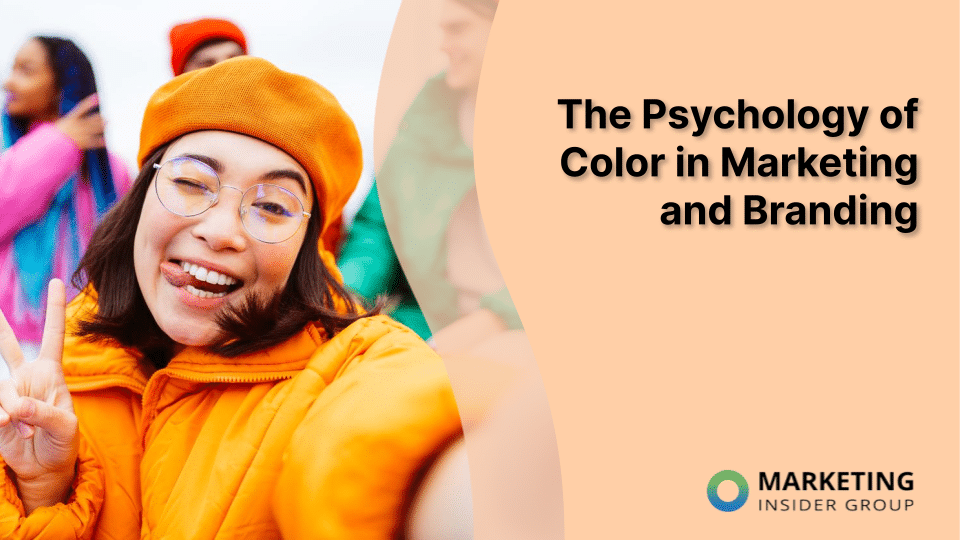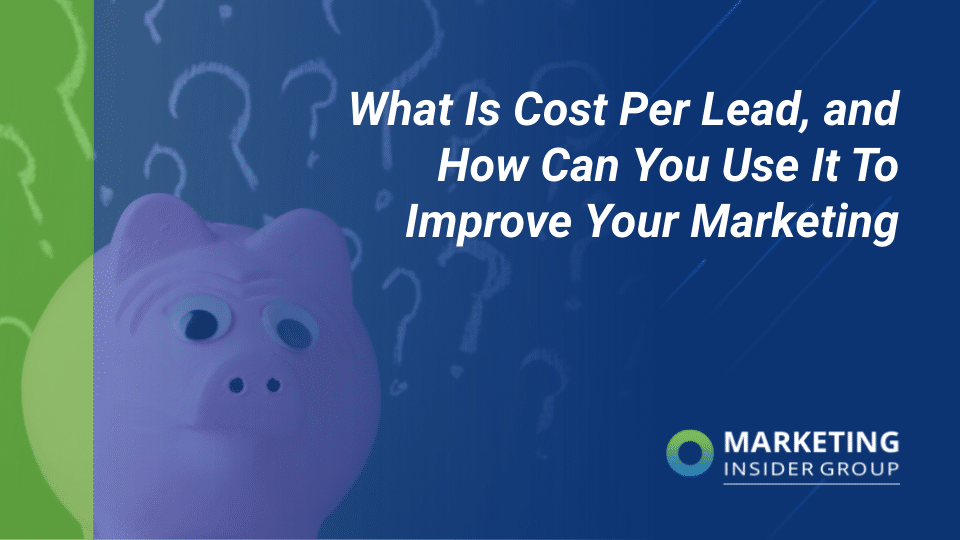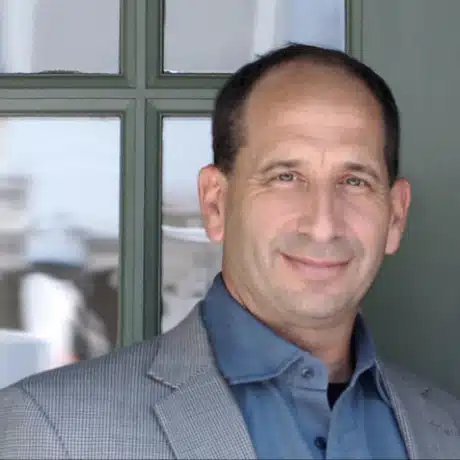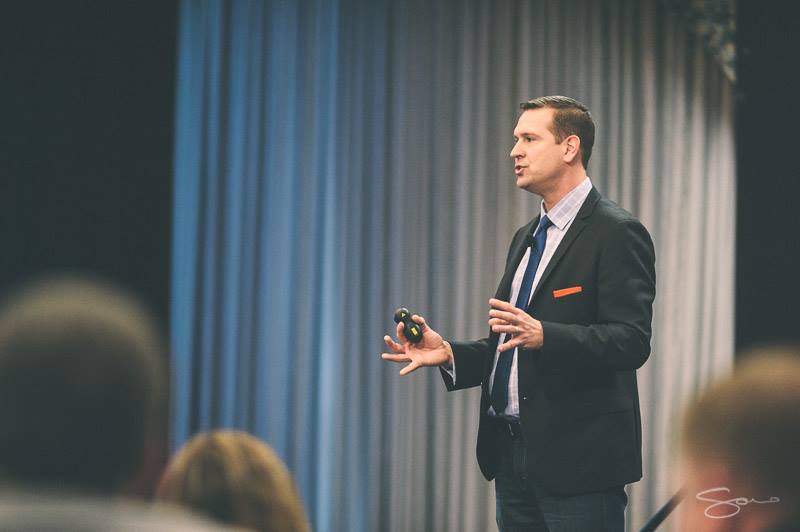
How to Use Trademarks, Service Marks, and Copyrights in B2B Branding
Trademarks, service marks, and copyrights all protect distinct creations. Whether you’re copyrighting a logo, trademarking a slogan, or branding an entire company, it’s important to protect your intellectual properties (IPs). Since B2B branding and marketing frequently involves the creation and use of IPs, knowledge of these concepts is especially important. Once you understand the basics, it’s easy to determine which protection is right for your needs.
So, before you run to a copyright lawyer to protect your newest branding and marketing assets, learn how these three different marks protect you and your business:
Trademarks and Service Marks
A trademark is a symbol, word, phrase, design, or combination that identifies and distinguishes the source of goods of one party from those of others.
A service mark, or servicemark, has the same function as a trademark but identifies and distinguishes the source of a service rather than the goods themselves.
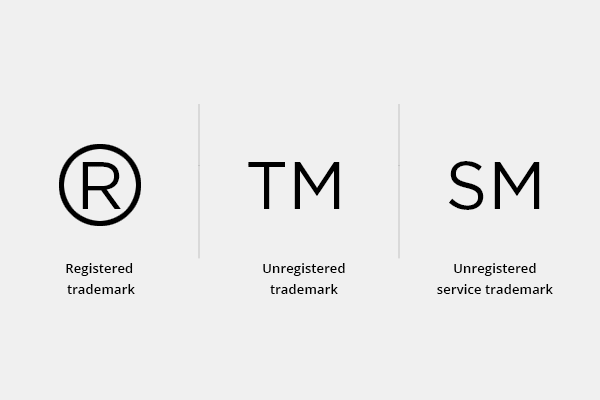
Example: Imagine a food services company with the slogan, “Fresh Meals Prepared Daily.” This slogan describes the service they provide, so it would warrant a service mark. However, their top-selling item, “Mark’s Mighty Meatloaf,” would be considered a specific product and would warrant a trademark.
In business, the term “mark” typically refers to both a trademark and service mark interchangeably. Throughout your text and imagery, you don’t need your mark on every instance of unique content; once per piece is usually fine. Make it conspicuous and prominent to help avoid confusion.
What can be trademarked or service marked?
- Words, including business names
- Brand messaging like phrases and slogans
- Brand identity like logos and symbols
- Sounds, including advertising jingles
Registered trademarks and service marks last for 10 years and have 10-year renewal terms. Between your 5th and 6th years of having a registered mark, you’re required to confirm with the government that the mark is still in use. Otherwise, the registration is canceled. If you continue to use your mark and keep up with renewals, it can last forever. To see if a business name, product name, slogan, or unique phrase is available for trademarking, search the United State Patient and Trademark office database.
Copyrights
Copyright is a basic protection grounded in the US Constitution and granted by law for original works of authorship fixed in a tangible medium of expression. Original works of authorship are independently created by a human and possess some minimal degree of creativity.
What can be copyrighted?
- Architectural works
- Literary works
- Music and lyrics
- Dramatic works and scores
- Choreography
- Pictorial, graphic, and sculptural works
These examples should be considered on broad terms. For example, a B2B software program could be registered as a literary work, and a technical drawing could be registered as a pictorial or graphic work. Copyright protection for works created after January 1, 1978, generally lasts for the life of the author plus 70 years.
Trademark and Copyright FAQs
- Should a logo be trademarked or copyrighted?
Logos can only be trademarked. Copyrights can’t protect names or colors, and most simple logos don’t have the required level of creativity to qualify for a copyright.
- Can something be both trademarked and copyrighted?
A company’s name and logo should be trademarked, but the content or products they produce should be copyrighted.
- Can I copyright my idea or concept?
No. There’s no effective legal way to protect an idea. Copyrights protect expression and creativity, but not innovation. Ideas cannot be copyrighted nor patented.
- I want to trademark a name, but someone else is already using it. What can I do?
If you operate within non-competing industries where the name wouldn’t be considered “confusingly similar”, it’s often perfectly fine to trademark a name that’s already in use.
- What’s the difference between a trademark and a patent?
Trademarks protect symbols, logos, names, and phrases, while a patent gives property rights to an inventor for a product of their own creation.
- How do I know if the trademark I want is already registered?
The United States Patent and Trademark Office allows anyone to search. Here you’ll find all registered trademarks and prior pending applications.
- How do I trademark a phrase or slogan?
Visit TESS and search for the slogan you’d like to register. If it’s available, you can submit your application with all the required information, pay the filing fee, and await approval. Or, contact an agency (like Sagefrog) that can walk you through the process.
Your Next Steps
Trademarks, service marks, and copyrights aren’t that different, but they have distinct uses. We hope the differences are a bit clearer now! If you’re in the process of brainstorming a name for your business, check out Sagefrog’s infographic that’s designed to help inspire ideas, narrow your choices, and find out what names are available.
